SEO
What It Is + How to Succeed
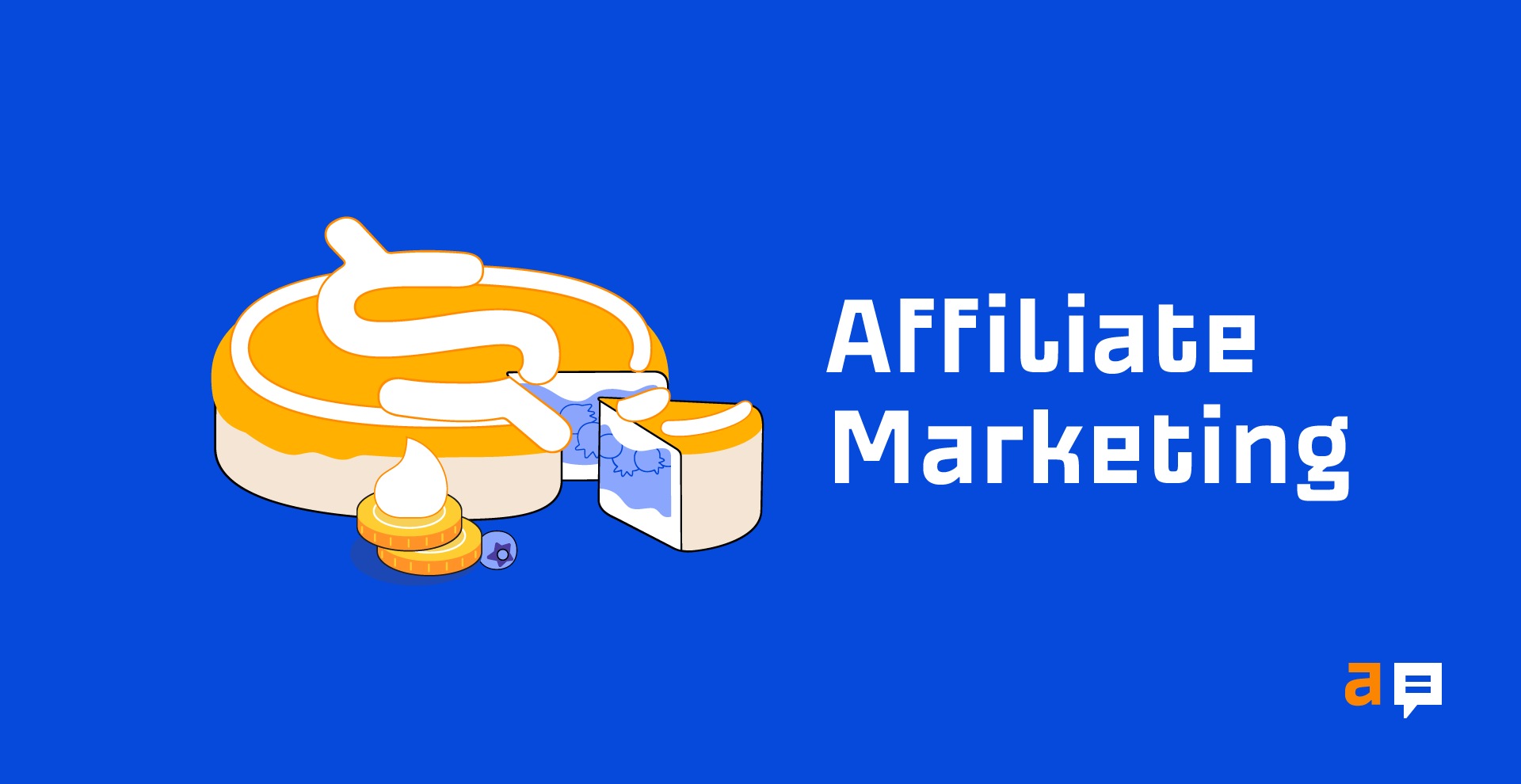
Imagine all you needed to make money online was a website. You don’t have to create your own products or offer a service. Sounds good? Welcome to affiliate marketing.
According to Statista, business spending on affiliate marketing hit $8.2 billion in the U.S in 2022 and Influencer Marketing Hub estimates that the industry willl continue to grow to $15.7 billion by 2024.
Start today, and you’ll be in a prime position to take advantage of that.
https://www.youtube.com/watch?v=W-nbsnXtSZI
Affiliate marketing is where you promote another company’s product or service. When someone purchases through your affiliate link, you earn a commission. These commissions are usually a percentage of the sale price or a fixed amount.
Here are two reasons why you should consider doing affiliate marketing:
1. Low-cost and low-risk
Starting a business can be risky and expensive because there are upfront costs for products, employees, equipment, rent, etc. With affiliate marketing, all you need is a website. If it doesn’t work out, you’ve only wasted time and a little bit of money.
2. Easy to scale
A typical salesperson only sells products from one company. As an affiliate marketer, you can promote products from many different companies and earn commissions from all of them.
Learn more: How to Start Affiliate Marketing With No Money (5 Steps)
Upon joining an affiliate program, you get a unique link that contains a tracking ID. This allows the merchant to track if you’ve referred customers to them.
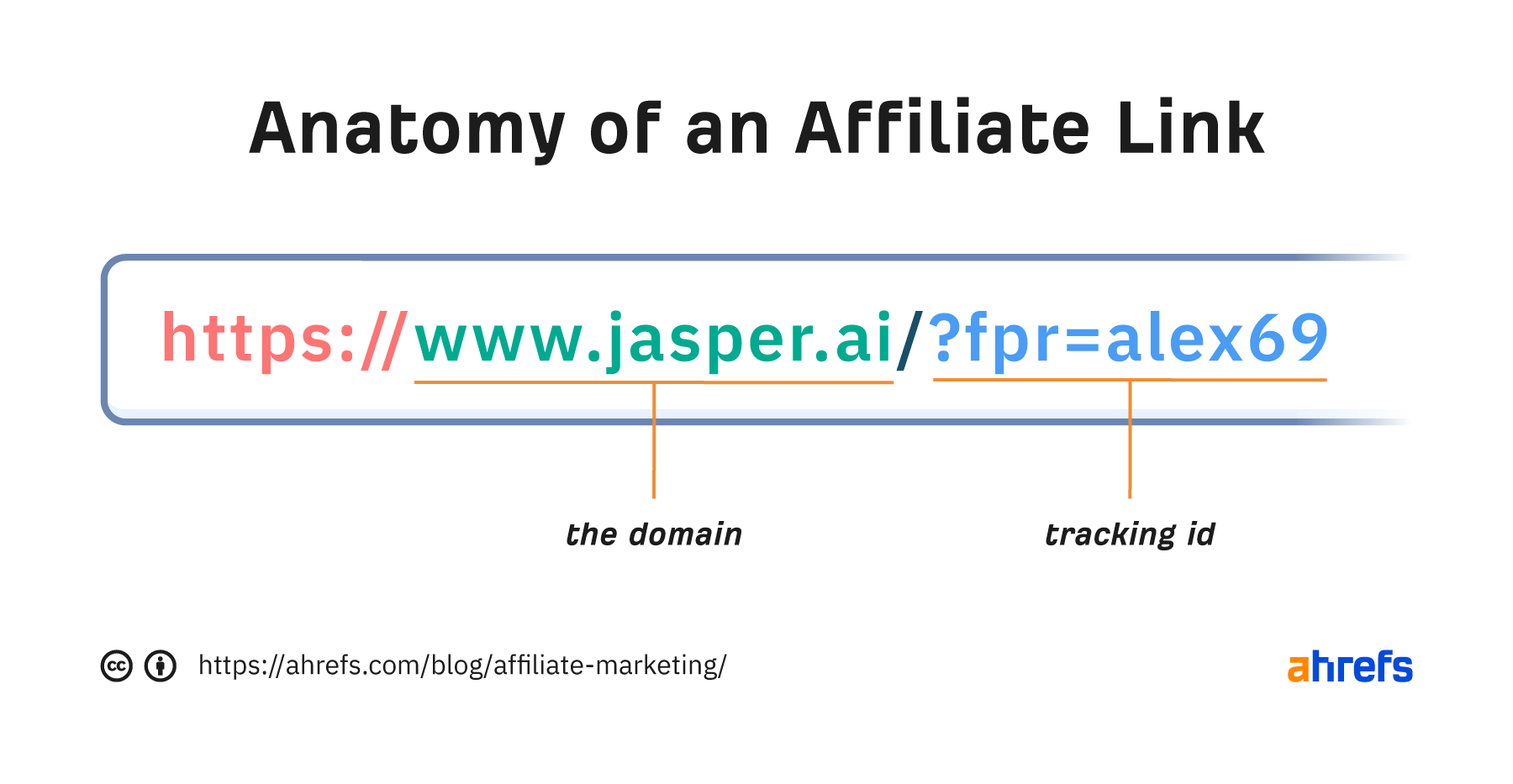
People who click on your link also get a tiny file called a cookie stored on their device. This (usually) holds an expiry date, so you get paid even if they delay buying for a while.
Here’s an example of how it works:
- Someone visits your post on the best winter jackets.
- They click the Amazon affiliate link for one of your recommendations.
- They close their browser to pick their kid up from school.
- They go back to Amazon the next day to check out the product again.
- They buy the recommended product, along with some ski gear.
Thanks to the affiliate cookie stored on this person’s device, you earn a commission on the recommended product and the ski gear.
Most affiliate marketers earn less than $10K per year. That’s according to a survey from Influencer Marketing Hub.
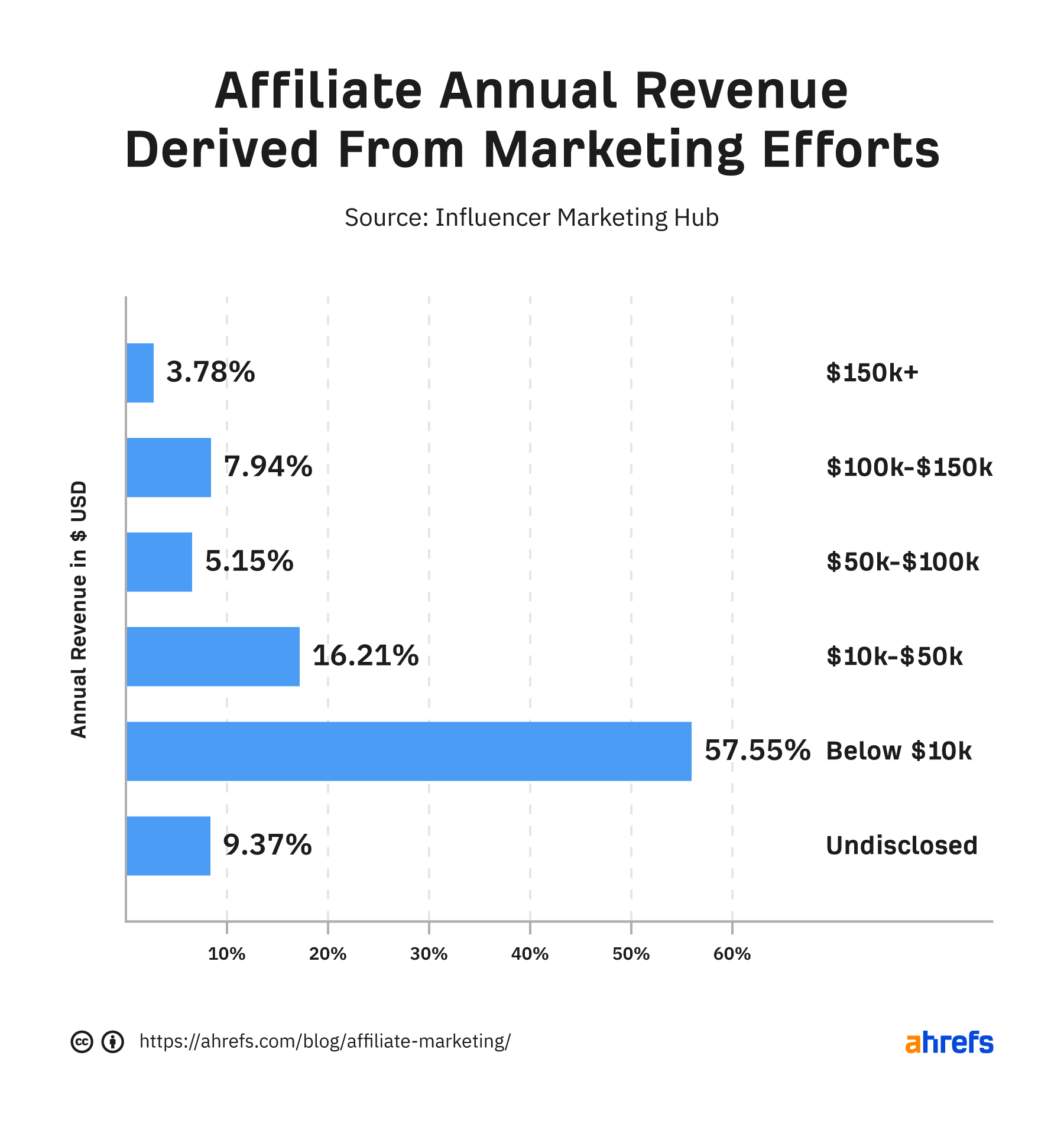
Yet, roughly one in six (16.87%) make $50k per year or more.
Matt Giovanisci is a good example of a high-earning affiliate. His site, Swim University, made $149,991 affiliate commissions in 2021.
Keep in mind though that these people have done an excellent job building their brand. It’s taken them years of hard work to reach this level.
If you’re just starting out, your checks might look more like this for a while:
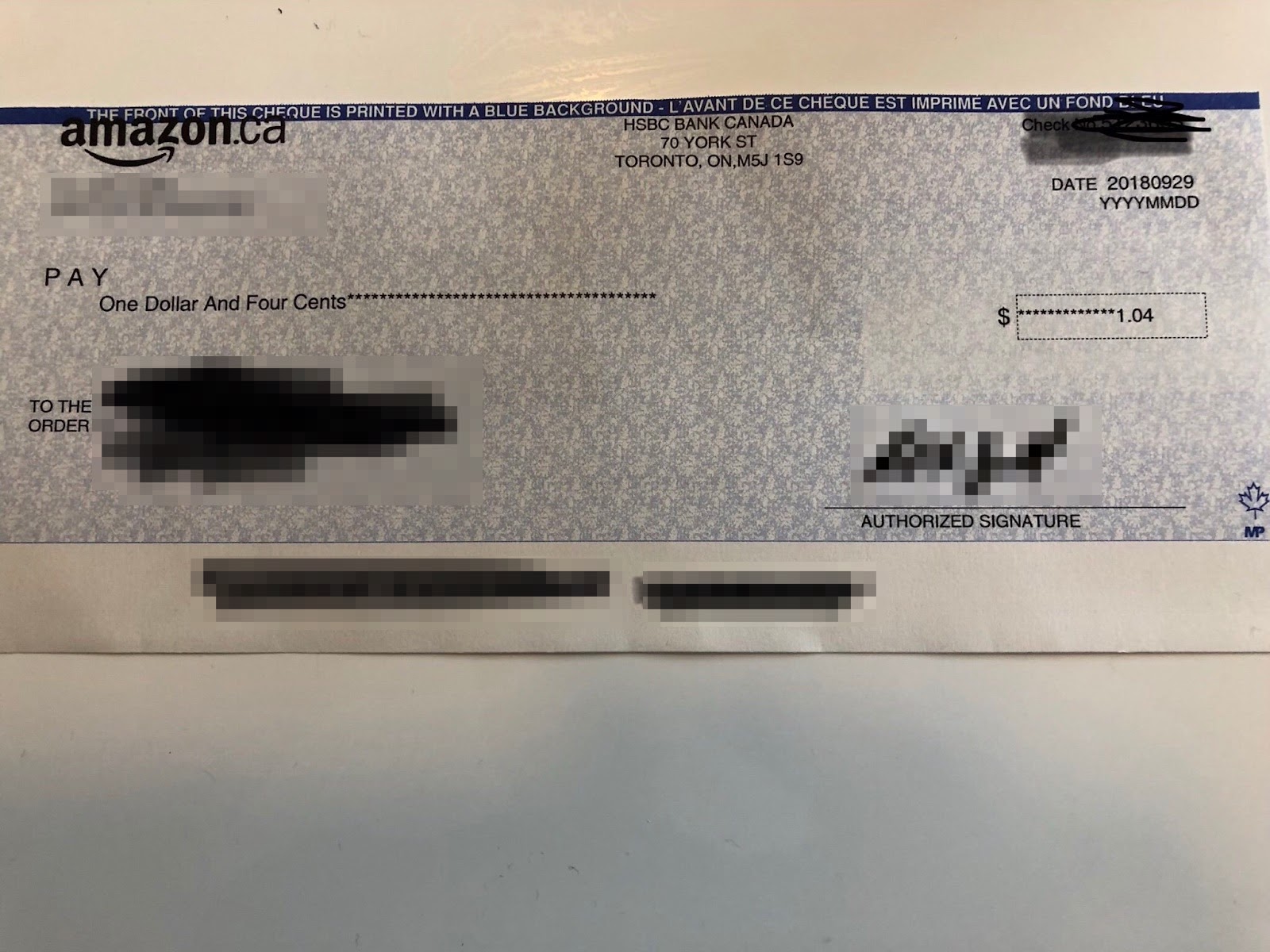
You need to manage your expectations. You won’t earn the big bucks right off the bat, but don’t let this discourage you.
The success of others tells you that with hard work, time, and the right knowledge, you too can potentially reach those levels.
Learn more: Here’s How Much You Can Really Make From Affiliate Marketing
Follow these seven simple steps:
Step 1: Choose your niche
Your niche is the category you want to talk about and promote.
To stand out amongst the countless other websites today, my advice is to be specific. Instead of tackling a broad niche like food, go for something a bit narrower, like grilling. This helps you build a more focused audience and may also help with SEO.
Here are four questions to ask yourself to find a good niche:
- What am I good at?
- What do I like doing?
- What am I curious about?
- What do other people tell me I’m good at?
It’s hard to overstate the importance of choosing something you’re passionate about. You’ll need to create a lot of content to succeed with affiliate marketing. If you choose something you hate, you’ll find it hard to press on when the going gets tough.
That’s why, when I built my first site, I chose to talk about one of my hobbies—breakdancing. And despite knowing nothing about marketing, I grew it to an estimated 2K monthly visits.
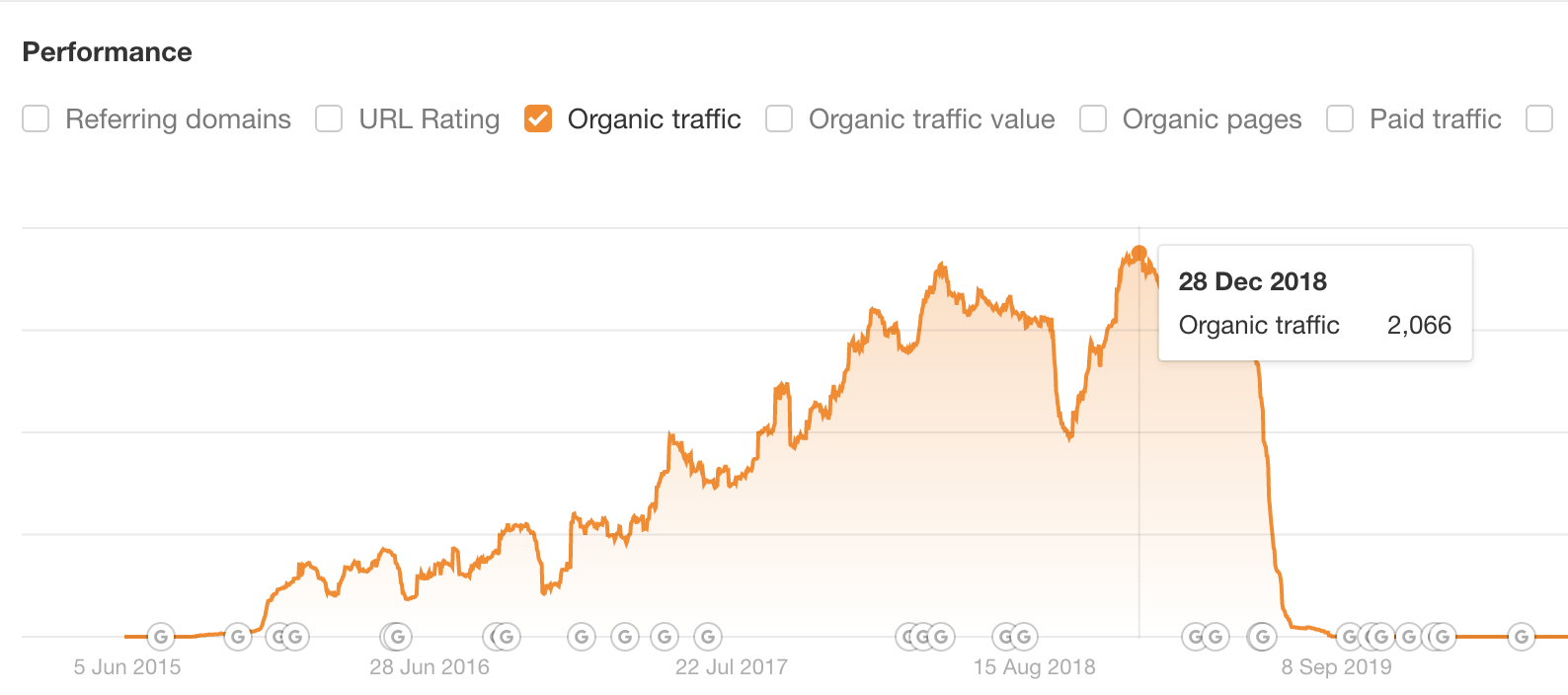
Learn more: How to Easily Find a Niche for Affiliate Marketing
Step 2: Decide on a content platform
You can do affiliate marketing on any platform. This includes:
- Website
- YouTube
- Social media (e.g., Instagram, TikTok)
- Newsletter
- Podcast
The method you choose will depend on your preference and occasionally, your niche’s preference. For example, people who are learning breakdance will prefer videos. So, even if you prefer writing, running a YouTube channel may be a better option.
That being said, we recommend building a website and using search engine optimization (SEO) to rank your content high on Google. This allows us to generate passive search traffic consistently, which means consistent clicks on affiliate links too.
TIP
Whether you’re creating a website, YouTube, or something else, note that you’ll need to disclose the fact that you’re including affiliate links. The Federal Trade Commission (FTC) requires you to be transparent when receiving income from an endorsement.
If you’re building a website, create a standalone page or include it in the footer of your website:

If you’re doing it on YouTube, include it in your description:

Step 3: Find affiliate programs to join
There are three main types of affiliate programs to choose from:
- High-paying, low-volume — Niche products with fewer buyers. For example, HubSpot sells only to businesses but their affiliate program pays well (100% of first month and 15% monthly recurring commission.)
- Low-paying, high-volume — Products with mass appeal, e.g. PS5 games. For example, Amazon only pays up to 10% commission. But the good thing is they offer commissions off the entire value of the purchase (and not just the product you recommended.)
- High-paying, high-volume — Expensive products with mass appeal, e.g. credit cards. An issue is that these programs tend to attract affiliate marketers with deep expertise and pockets and willingness to black-hat tactics.
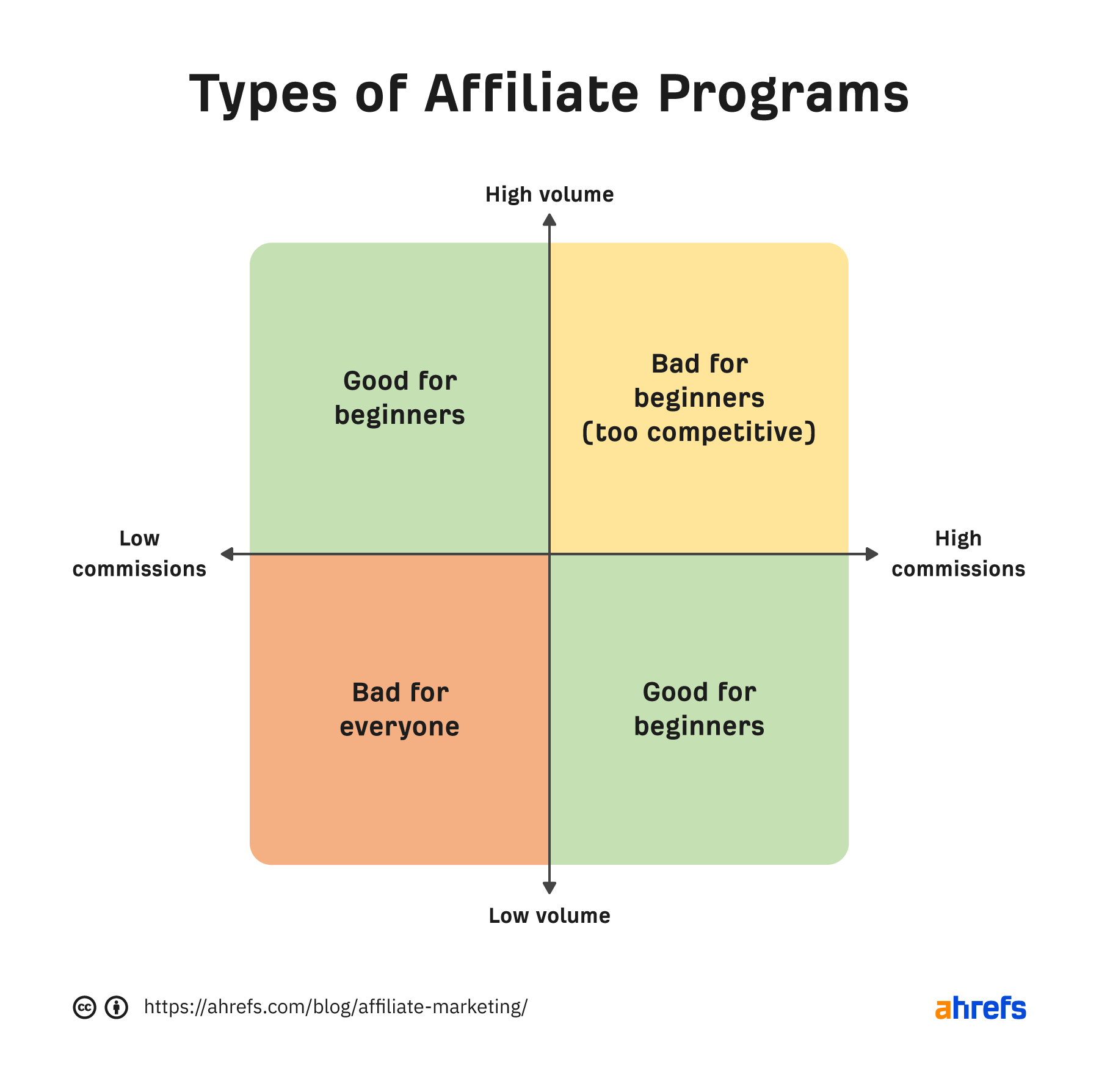
Which affiliate program should you join? This depends on your niche and level of expertise.
If you’re targeting consumers, go with the second model: low-paying, high-volume. If you’re targeting businesses, go for the first one: high-paying, low-volume. Popular programs include software and web hosting-related products.
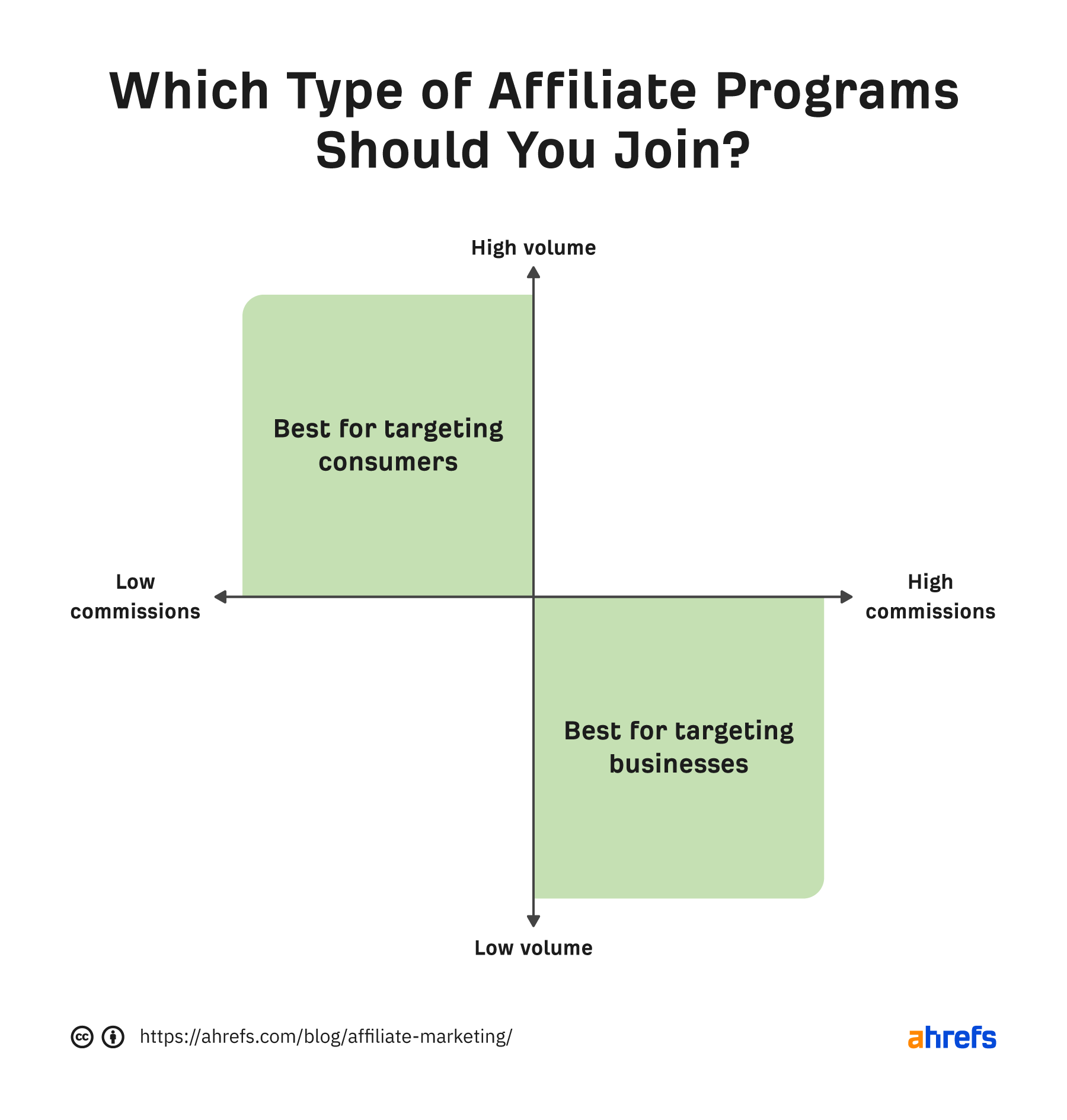
The best way to find these affiliate programs is with a Google search. Alternatively, enter a competing affiliate site into Ahrefs’ Site Explorer and go to the Linked domains report.
For example, I know that Pat Flynn promotes a number of software products on his website, Smart Passive Income. Eyeballing the report shows that Pat links to Aweber pretty often. And if we expand the caret, we’ll see that Pat is an affiliate.

It only takes a quick Google search to find an application form for this program.
If there is a product you’d like to promote but they don’t have a public affiliate program, reach out to the company and ask if they would be willing to build an affiliate relationship with you.
Learn more: 9 Best Affiliate Programs for Beginners (Any Niche)
Step 4: Create great content
If you want your affiliate site to succeed, you need to create high-quality content where your affiliate links fit naturally.Don’t just blindly curate products from Amazon’s best sellers. Go the extra mile and make sure your content solves your readers’ problems.
For example, if you’re doing reviews, you should actually purchase the product and test it. Use it over a period of time and report your findings.
That’s what Wirecutter did for all their articles, which explains their success. For example, in order to find the best air purifiers, they tested more than 50 of them:

If you can collaborate with experts to review your findings, that’s even better. Again, Wirecutter goes above and beyond in this aspect, solidifying their status as the gold standard of affiliate websites:

Step 5: Drive traffic to your affiliate site
You’ve created great content. The next step is to get more people to read it, so they will click on your affiliate links.
Here are three traffic strategies to consider:
A. Paid traffic
This is where you pay for traffic to your site. You can do this using pay-per-click (PPC) ads.
The advantage of paid traffic is that the moment you start paying, you get traffic.
However, there are some downsides.
First, running ads will dig into your profits. It’s quite normal for advertisers to lose money before they make it… if they ever do.
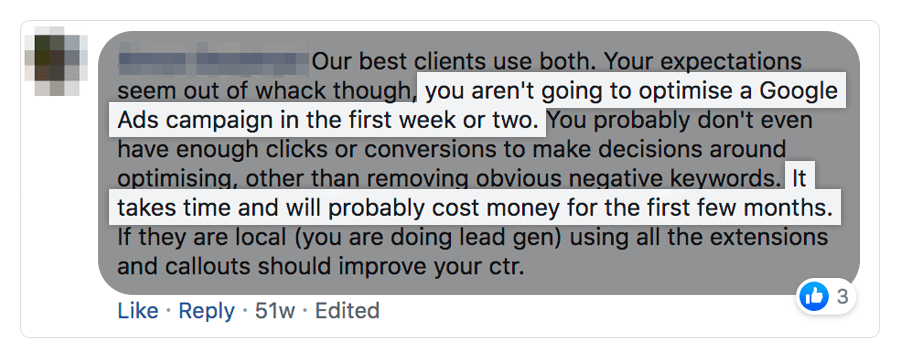
You need to be realistic about how long it takes to optimize a paid traffic campaign.
Secondly, once you stop paying for ads, your traffic will stop.
Generally speaking, ads are a great traffic strategy if you’re part of a high-paying affiliate program and can make the numbers work.
But if you’re completely new to paid marketing and have no marketing budget (or are working with lower commission programs like Amazon Associates), then it might not be such a great idea.
Learn more: PPC Marketing: Beginner’s Guide to Pay-Per-Click Ads
B. SEO
SEO is the practice of optimizing pages to rank high in search engines like Google.
For as long as you can rank high in the search engines for your target keywords, you’ll get consistent and passive traffic.
On the most basic level, SEO is about:
- Understanding what your target customers are searching for
- Creating content around those topics
- Making sure Google understands clearly what your page is about
- Acquiring or earning links to push your pages higher in the search engines
- Ensuring Google can find, crawl, and index your content
Learn the basics in this video or read our beginner’s guide to SEO:
https://www.youtube.com/watch?v=DvwS7cV9GmQ
C. Build an email list
Email lists allow you to communicate with your readers anytime.
Use them to tell fans about new content and keep them coming back to your site for more. This leads to more affiliate clicks and sales.
You can even add affiliate links in the emails to your audience:

To build an email list, you need to persuade the readers on your site to sign up. That means offering something valuable, like a free eBook, an email course, and more.
Step 6: Get clicks on your affiliate links
Just because you have an amazing piece of content doesn’t mean people will click on your affiliate links.
There are a few things you need to consider.
A. Link placement
If all your affiliate links are at the bottom of the page where people rarely scroll, clicks will be few and far between.
On the other hand, make every other word a link in your introduction, and your content will look spammy.
You need to balance link placement with the other factors below.
B. Context
Let’s say you were writing an article on the best kitchen knives for under $50.
Your introduction probably shouldn’t look like this:
The links look out of context and spammy.
This would make more sense:
Today, I’m reviewing three different chef knives you can buy on Amazon for under $50. These are, product name 1, product name 2, and product name 3
C. Callouts
Using callouts like buttons, tables, and boxes can help attract your readers attention and make the post more skimmable.
For example, the Wirecutter uses eye-catching boxes with product links anytime they share a top pick.
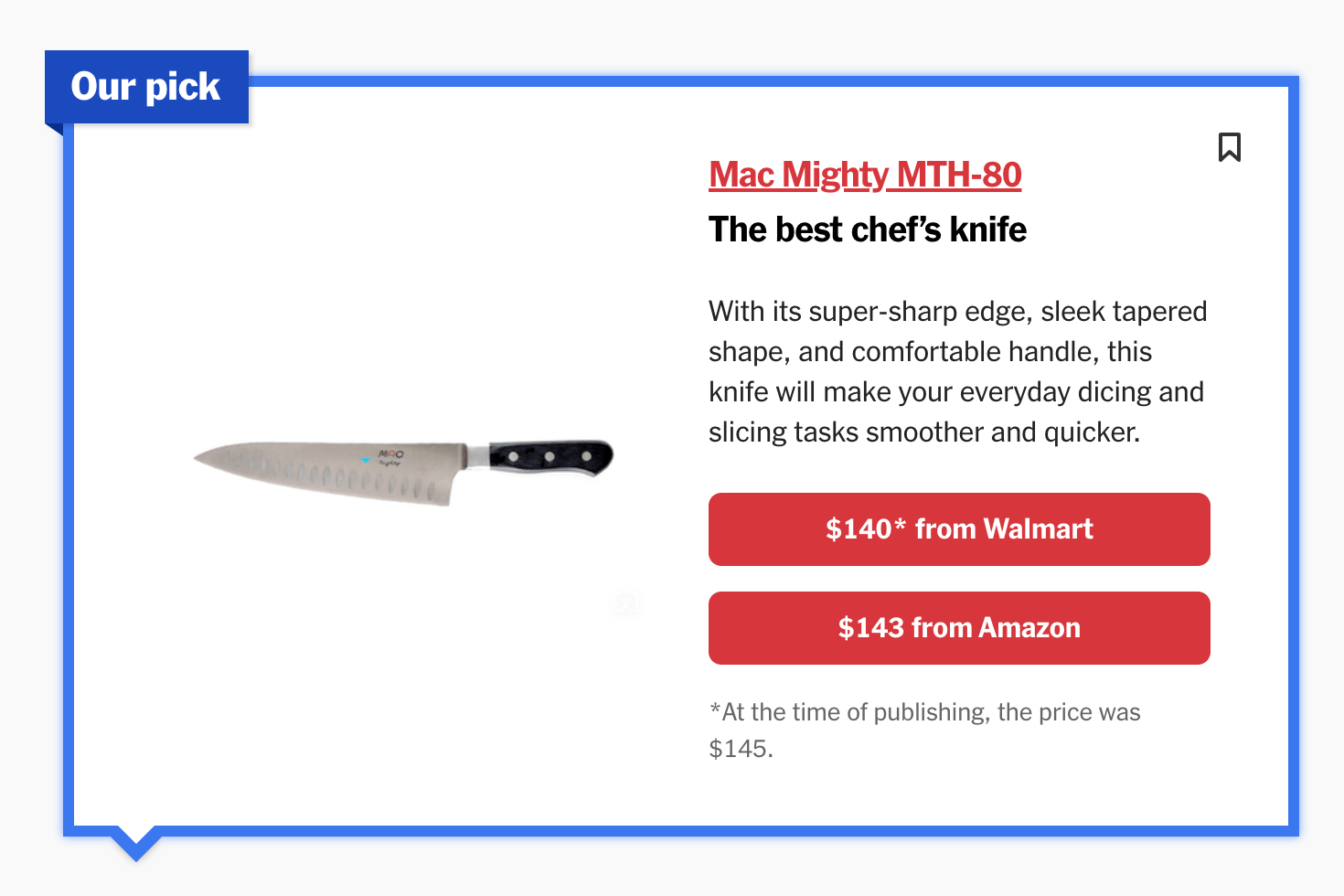
Good Housekeeping takes a different approach and creates a table with buttons:

Step 7: Convert clicks to sales
In affiliate marketing, two conversions need to take place for you to make money.
The first conversion is the click to the product page.
You’re 100% in control of this action. Use the tactics above to improve your chances of getting that click.
The second conversion is the visitor purchasing the product. In the case of affiliate marketing, the merchant controls the checkout, and their conversion rates are out of your control.
The trick is to play the game to your advantage and look for merchants with programs that convert well.
Here are a few ways to find them:
A. Public income reports
If people are making decent money from an affiliate program, then it’s likely that the product converts well.
How do you know if people are making money?
Look at public income reports where bloggers publicly reveal how much money they’re making from their affiliate deals.
You can find these reports on Google.
For example, if you search for “income report amazon affiliate”, you’ll see a few blog posts showing how bloggers have made money from Amazon Affiliates.

Looks like one blogger made over $47,000 from Amazon Associates:

If you’re in the same space, you can also take a look at where her other affiliate income comes from, and potentially promote the same products.
B. Ask questions
If there isn’t much information available about an affiliate program you want to join, sign up and ask questions.
For example, you might want to find out what their average conversion rates are, or a ballpark figure of their top earners’ monthly commissions.
This can help you figure out if the affiliate program is worth promoting.
C. Use your intuition
Sometimes, it’s best to go with your gut feeling.
If the program or product you’re checking out feels “off, or if you would personally never recommend the product to a friend or family member, then don’t promote it.
Tools are your friends in affiliate marketing. They help you do your job faster and easier.
Here are some of our recommended affiliate marketing tools:
- Ahrefs — All-in-one SEO tool that’ll help you research keywords to target, audit your website, research your competitors, find content ideas, and more.
- Rank Math — WordPress plugin that ensures your pages have optimal on-page SEO.
- Google Search Console — Find and fix technical errors on your website, submit sitemaps, see structured data issues, check your Core Web Vitals, and more.
- Google Analytics — Provides crucial data and analytics for your affiliate website.
- Thirsty Affiliates — Keep track of your affiliate links, see statistics to know which links are getting the most clicks, and prevent others from easily copying your website and swapping the links with their own affiliate IDs.
Learn more: 15 Best Affiliate Marketing Tools & How to Use Them
Final thoughts
No affiliate marketing wheels were reinvented here. These are the fundamentals, and applying them will get you off on the right foot.
Just don’t expect life-changing income or the freedom to quit your 9-5 overnight. Affiliate marketing takes time.
Focus first on making your first affiliate sale. As your site grows, set new goals, and continue experimenting.
This is how to build up a site that eventually generates a decent income.
Got questions? Ping me on Twitter.


















